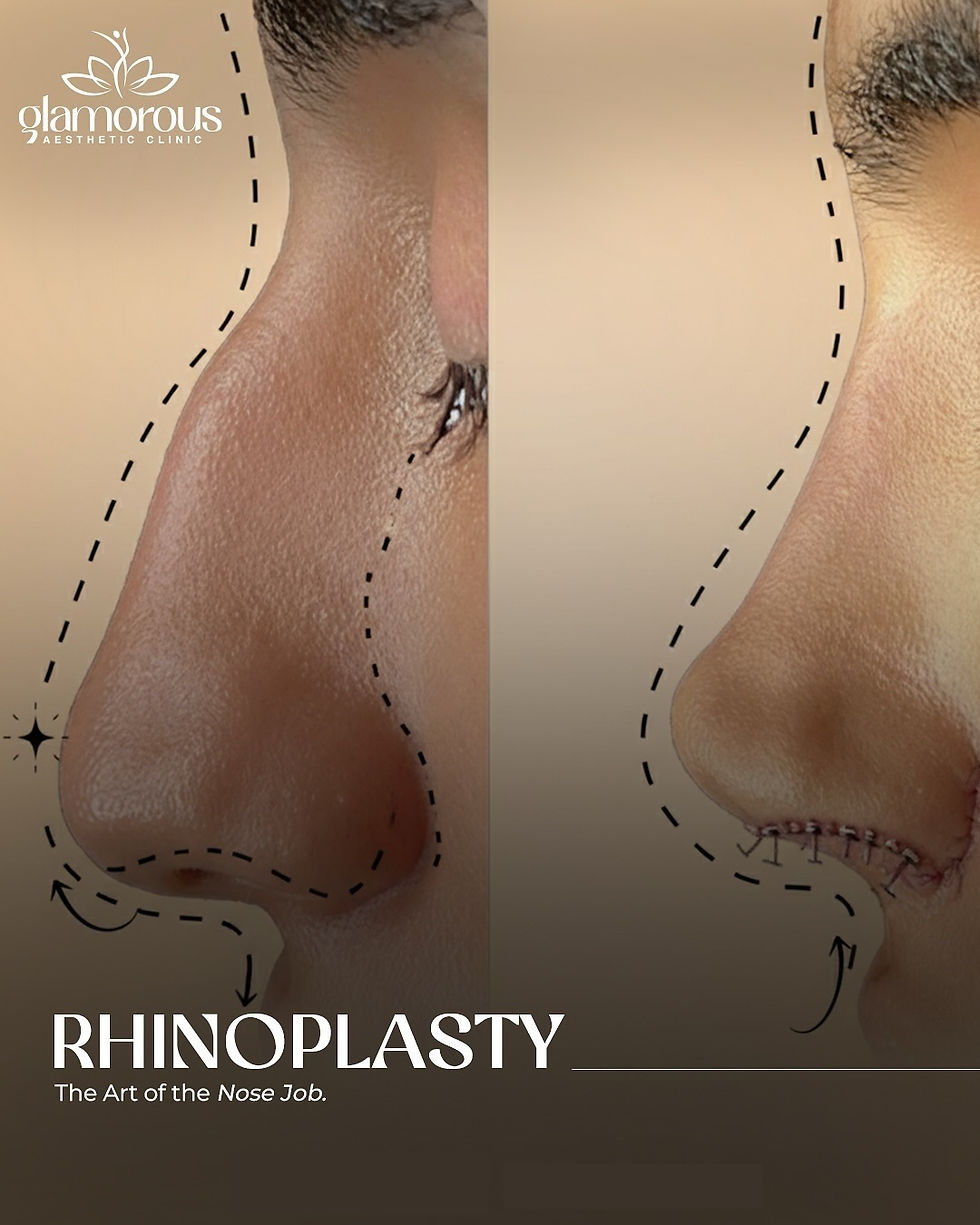The Ultimate Guide to FUE Hair Transplant in Islamabad
- dilawar khan
- Sep 15, 2023
- 2 min read
Introduction:
Hair loss is a common issue that affects people of all ages and genders. While it can be emotionally distressing, the good news is that there are advanced techniques like Follicular Unit Extraction (FUE) hair transplant that can help you regain your confidence and a full head of hair. In this comprehensive guide, we will delve into the world of FUE hair transplants in Islamabad, Pakistan, and explore the key aspects of this life-changing procedure.
Understanding FUE Hair Transplant
What is FUE Hair Transplant?
FUE, which stands for Follicular Unit Extraction, is a minimally invasive hair transplant procedure that involves the extraction of individual hair follicles from a donor area and their transplantation to the recipient area. Unlike traditional hair transplant methods, FUE leaves no linear scars and offers a more natural look.
Why Choose FUE in Islamabad?
Islamabad, the capital city of Pakistan, has become a hub for medical tourism, including hair transplant procedures. The city boasts state-of-the-art clinics, experienced surgeons, and cost-effective options, making it a preferred destination for FUE hair transplants.
The FUE Procedure
Preparing for the Surgery:on:
Before undergoing an FUE hair transplant, patients are required to consult with a qualified surgeon. During this consultation, the surgeon assesses the patient's hair loss, donor area, and overall health to determine if they are a suitable candidate for the procedure.
Preparing for the Surgery
Patients will receive instructions on how to prepare for the surgery, including avoiding certain medications and alcohol. This step ensures that the procedure is safe and effective.
Hair Follicle Extraction:
The FUE procedure begins with the extraction of individual hair follicles from the donor area, typically the back of the head. This step is meticulous and requires the surgeon's precision to minimize scarring.
Transplantation Process:
After extraction, the harvested hair follicles are transplanted into the recipient area. The surgeon follows a strategic plan to create a natural-looking hairline and maximize density.
Benefits of FUE Hair Transplant
Natural Results:
One of the primary advantages of FUE is that it is a minimally invasive procedure, meaning there are no long incisions or sutures. This results in quicker healing and less discomfort for the patient.
Natural Results
FUE provides incredibly natural-looking results, as the hair follicles are transplanted one by one, mimicking the natural growth pattern.
Quick Recovery:
Patients can typically return to their regular activities within a few days after the procedure, with minimal downtime.
No Linear Scarring:
Unlike the traditional strip method, FUE leaves no linear scars, allowing patients to wear their hair short without any visible signs of surgery.
Aftercare and Recovery
Post-Operative Care:
After the FUE hair transplant, patients are provided with detailed instructions for post-operative care. This includes avoiding strenuous activities and following a specific hair care routine.
Hair Growth Timeline:
Hair growth after an FUE transplant is gradual. Patients can expect to see noticeable results within a few months, with full growth achieved in about a year.
Conclusion!
FUE hair transplant in Islamabad is a revolutionary procedure that has transformed the lives of many individuals dealing with hair loss. With its minimally invasive nature, natural results, and quick recovery, it's no wonder that FUE has become a popular choice for those seeking a permanent solution to their hair loss woes.







Comments